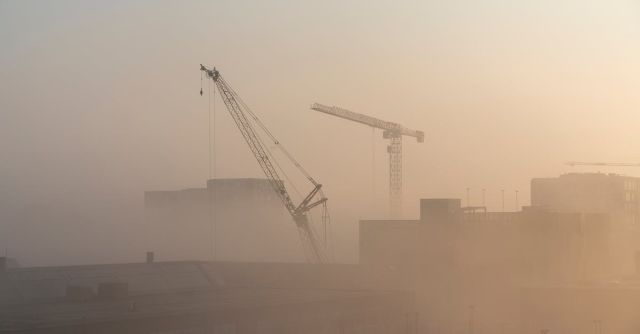Workplace safety is of paramount importance for any organization. When it comes to hoists, there are certain precautions that must be taken to ensure efficient and safe operation. Hoists are typically used to lift, lower, and transport heavy objects, making them particularly dangerous if not operated properly. The following is an overview of hoist safety and necessary precautions for efficient operation.
Understanding the Risks
The first step to ensuring hoist safety is understanding the risks associated with their use. Hoists can be dangerous if not operated properly, and can be hazardous to both workers and equipment. These risks include:
- Falling objects
- Incorrect use of safety equipment
- Incorrectly loaded hoists
- Faulty/defective equipment
- Unstable loads
- Lost control of the hoist
It is important to be aware of these risks and take all necessary precautions to minimize them.
Ensuring Proper Training and Maintenance
Proper training and maintenance of hoists is essential for safe and efficient operation. All operators of a hoist should be properly trained and certified in the use of the hoist. This training should include an understanding of the risks associated with hoist operation as well as the proper use of safety equipment.
In addition, operators should be familiar with the hoist’s capacity and the weight of the load they will be lifting. This will ensure that the hoist is not overloaded, which can cause accidents.
Regular maintenance of hoists is also important to ensure that they are in good working order. This includes inspecting the hoist for any signs of wear and tear, ensuring that all safety mechanisms are functioning properly, and making any necessary repairs.
Safety Devices and Procedures
In addition to proper training and maintenance, safety devices and procedures should be in place to help ensure safe operation. Proper safety devices, such as a safety brake and overload device, should be installed on the hoist to prevent accidents. These devices should be regularly inspected and maintained to ensure they are in good working order.
In addition, operators should be familiar with safety procedures, such as the proper use of restraining devices, and should always follow them. These procedures should be posted near the hoist, and all operators should be familiar with them.
Conclusion
Hoists are an essential part of many operations, but they can be dangerous if not operated properly. To ensure safe and efficient operation, it is essential to take the necessary precautions, such as proper training, maintenance, and the use of safety devices and procedures. By taking these precautions, organizations can help ensure the safety of their workers and equipment.






